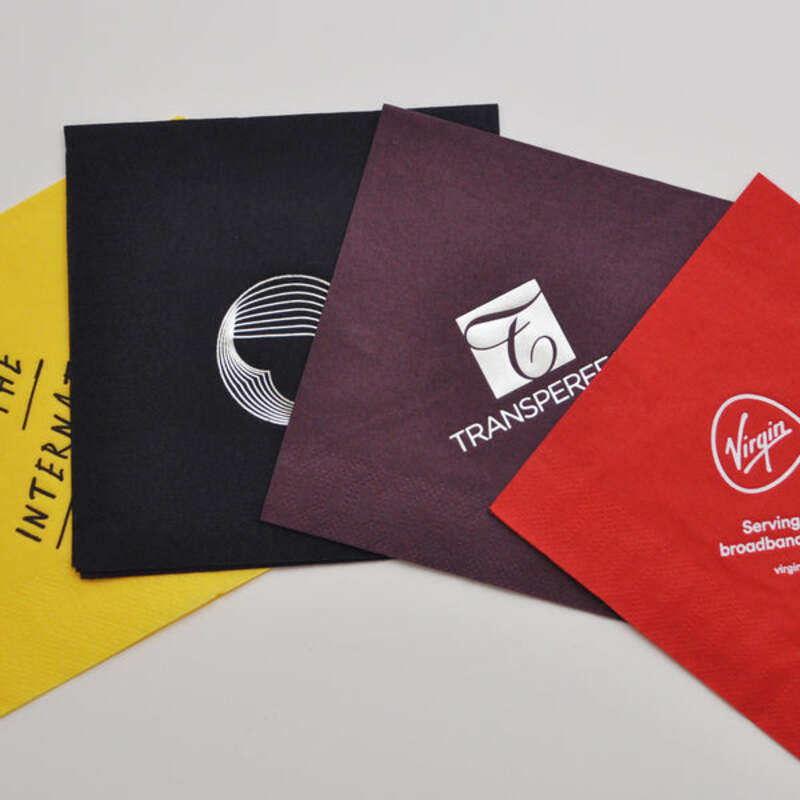Wine Packaging The Art and Science Behind a Bottle
Wine packaging is an often-overlooked aspect of the winemaking industry, yet it plays a crucial role in protecting, preserving, and promoting the product
. From the choice of bottle shape to the design of the label, every element of wine packaging serves a purpose, reflecting the brand’s identity and attracting consumers on the shelves.The traditional wine bottle, usually made of glass, has evolved through the centuries. The dark green or brown glass not only adds a touch of elegance but also serves a functional purpose protecting the wine from harmful UV light that can degrade its quality. The shape of the bottle can also indicate the type of wine inside; for example, Bordeaux bottles are typically tall and straight, while Burgundy bottles have a wider body and sloping shoulders. This differentiation helps consumers make informed choices based on their preferences.
Cork closures have long been synonymous with quality wine, thanks to their ability to allow a small amount of oxygen to interact with the wine over time. However, alternative closures, such as screw caps and synthetic corks, have gained popularity in recent years. These options offer consistency and convenience, sealing the wine more securely and reducing the risk of cork taint. As sustainability becomes a growing concern among consumers, eco-friendly packaging options are also emerging, with brands experimenting with recycled materials and lightweight bottles to minimize their carbon footprint.
wine packaging

Label design is another essential aspect of wine packaging. The label not only communicates important information about the wine, including its varietal, vintage, and region of origin, but it also serves as a canvas for artistic expression. A well-designed label can tell a story, evoke emotions, and encourage buyers to pick up the bottle. Colors, typography, and imagery all contribute to the overall appeal, allowing wineries to establish a unique brand identity that resonates with their target audience.
Furthermore, packaging innovations, such as wine pouches and cans, have revolutionized the way wine is consumed and enjoyed. These formats cater to a more casual and on-the-go lifestyle, making wine more accessible to a broader audience. Portable and lightweight, they are perfect for outdoor activities and social gatherings, appealing to younger generations who prioritize convenience.
In conclusion, wine packaging is a blend of art and science, intricately designed to protect the product while enhancing its visual appeal. As the wine industry continues to evolve, producers must stay attuned to consumer preferences and emerging trends to ensure their packaging not only preserves the quality of the wine but also captivates and engages customers in an increasingly competitive market.



